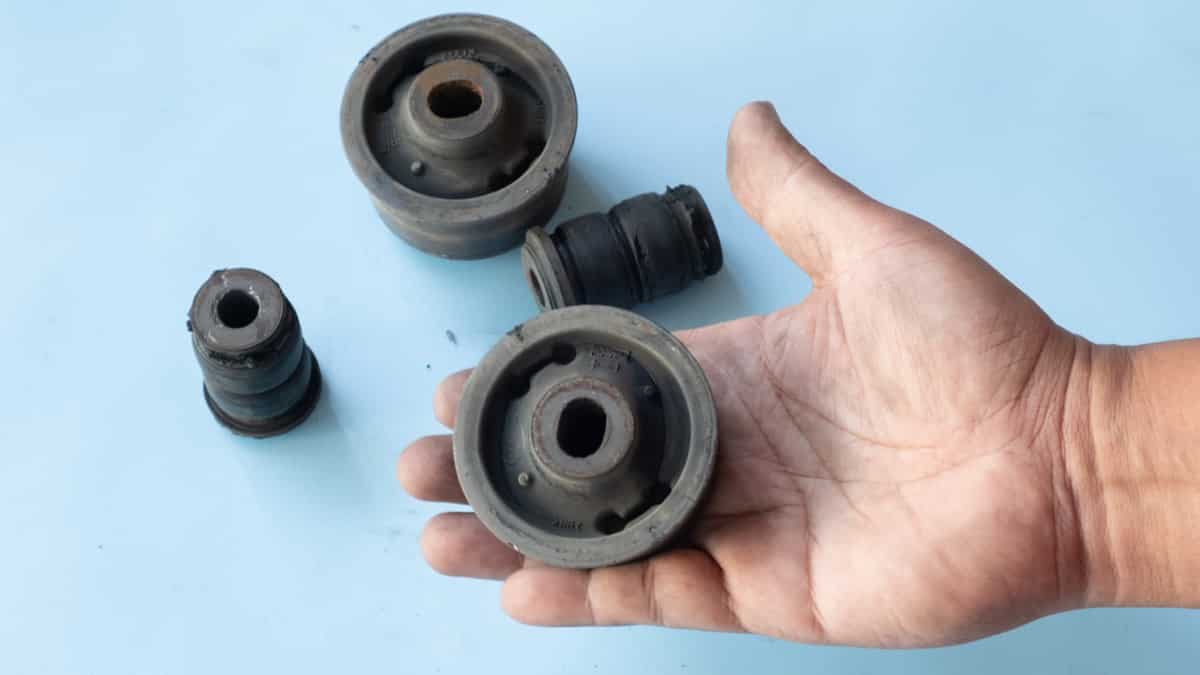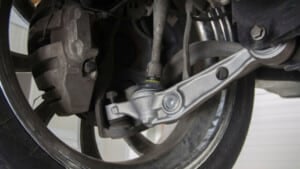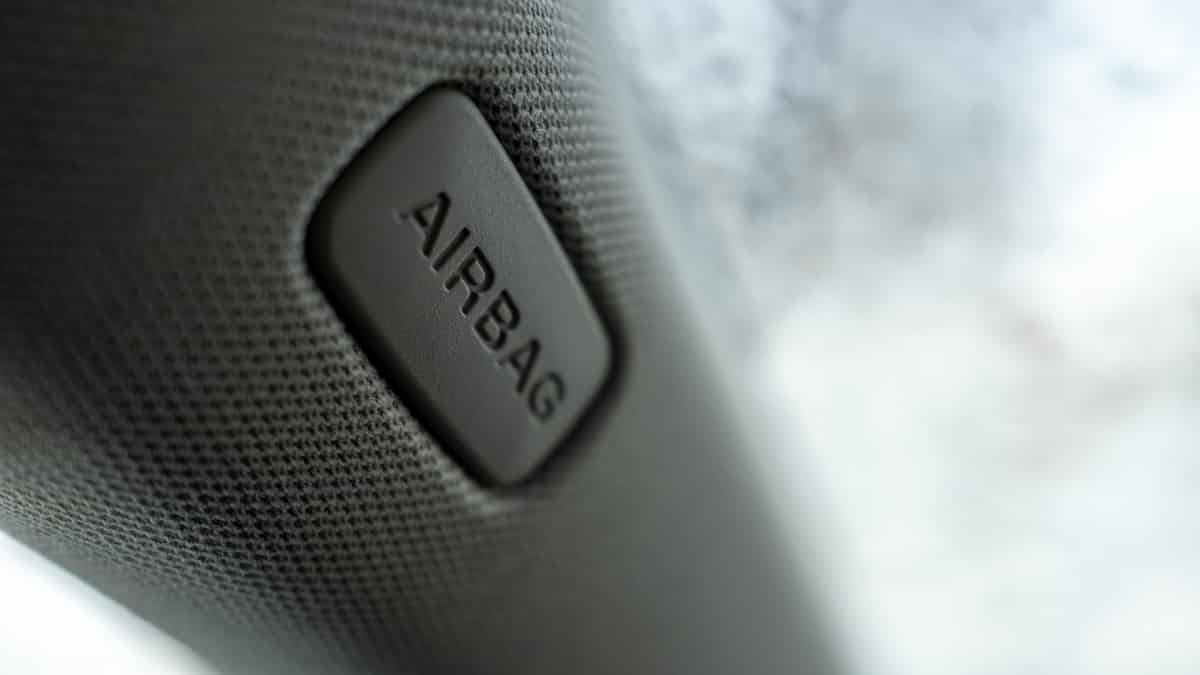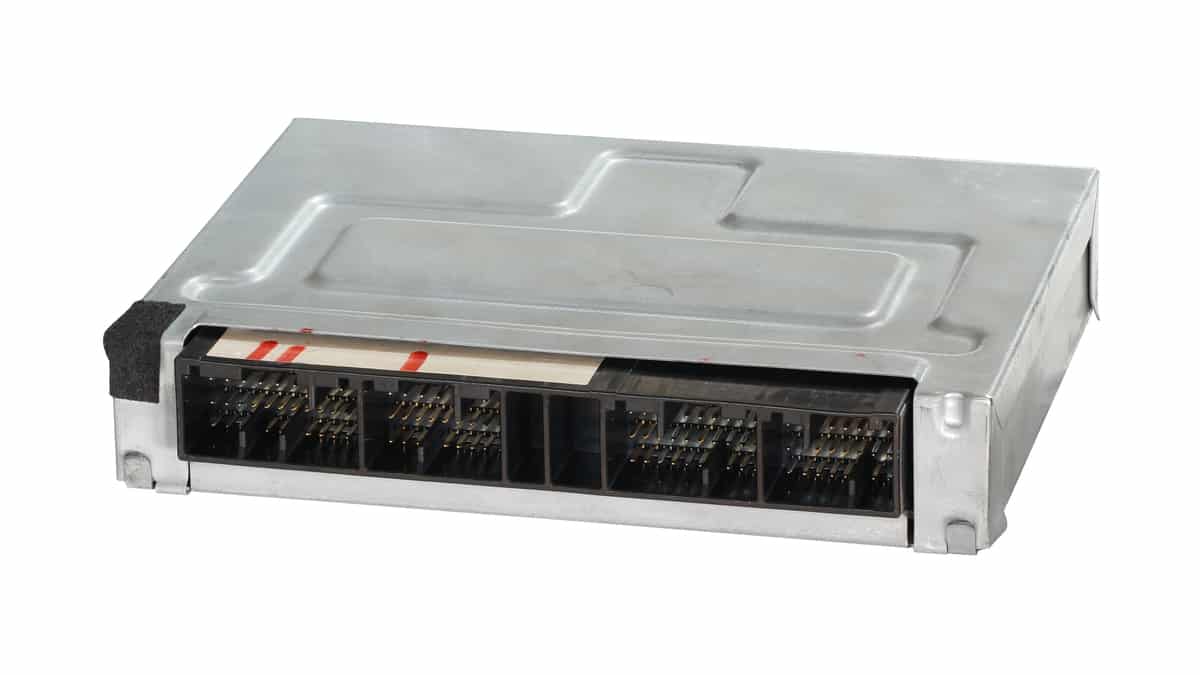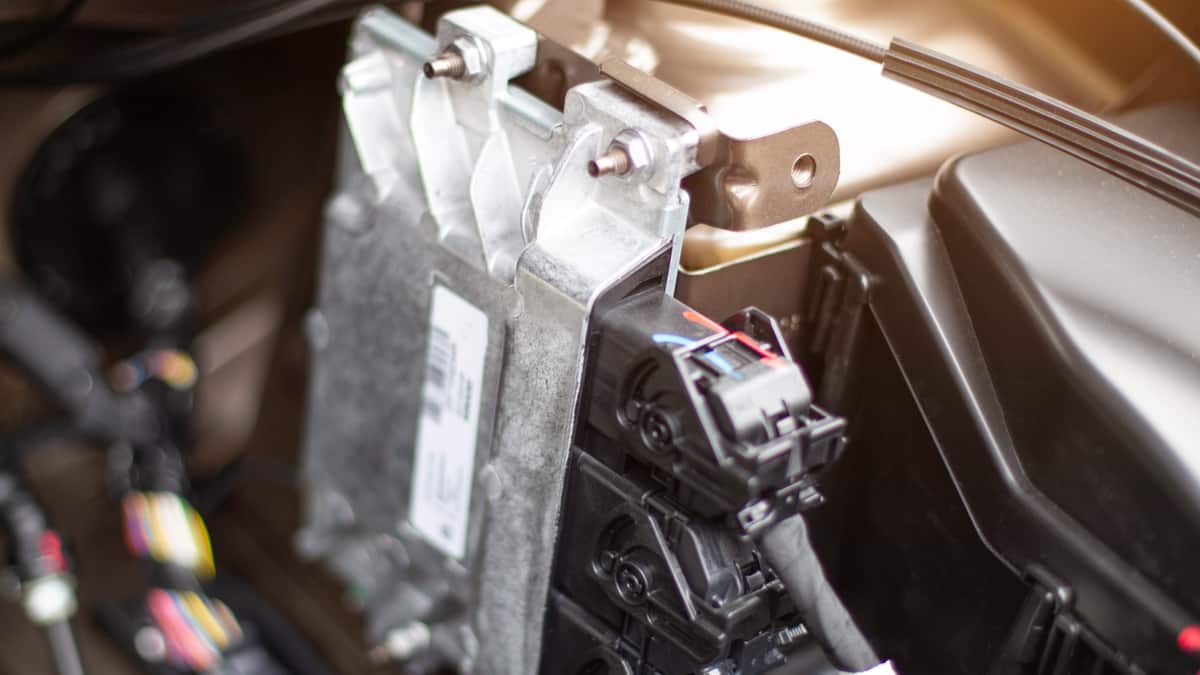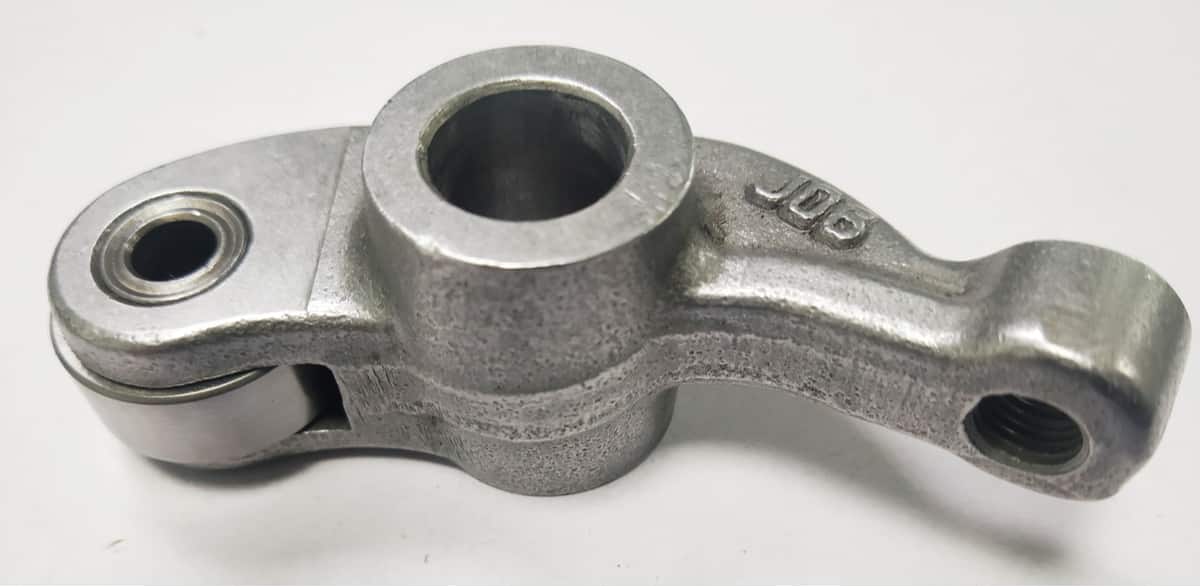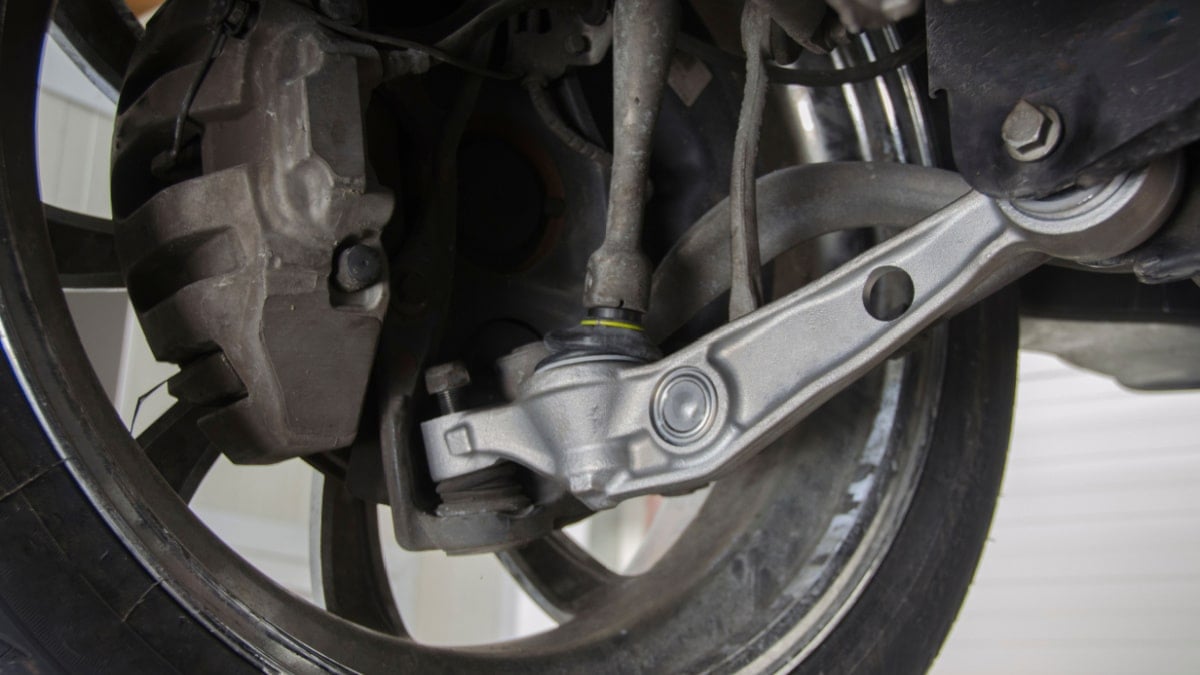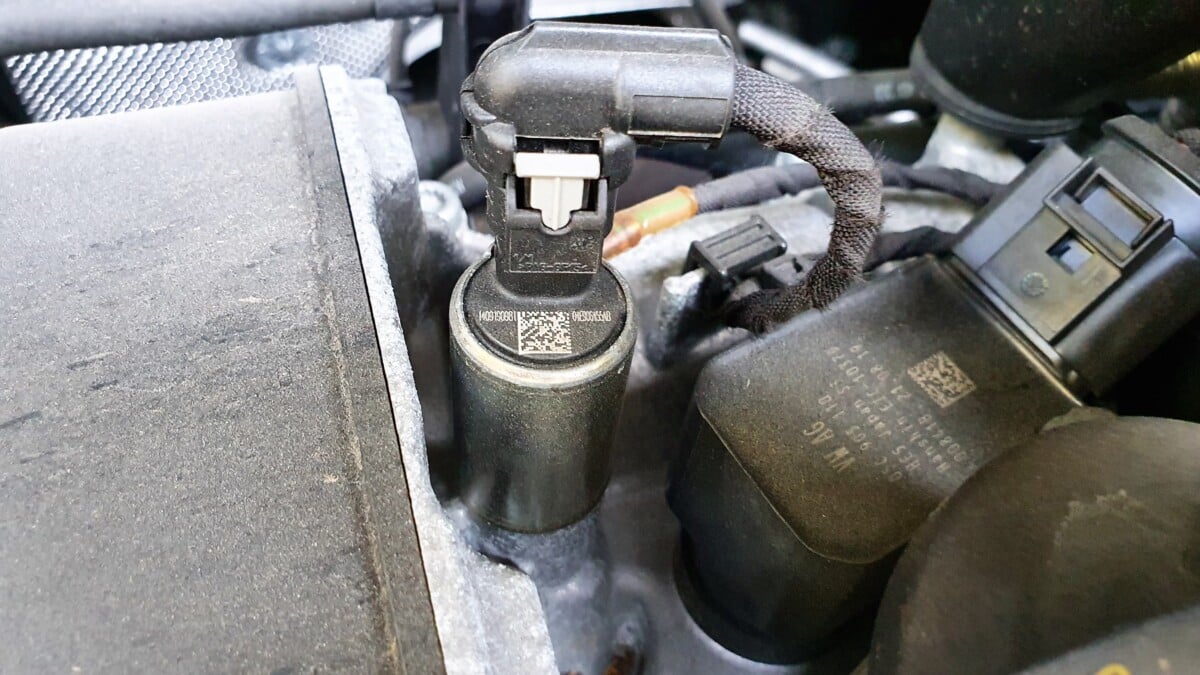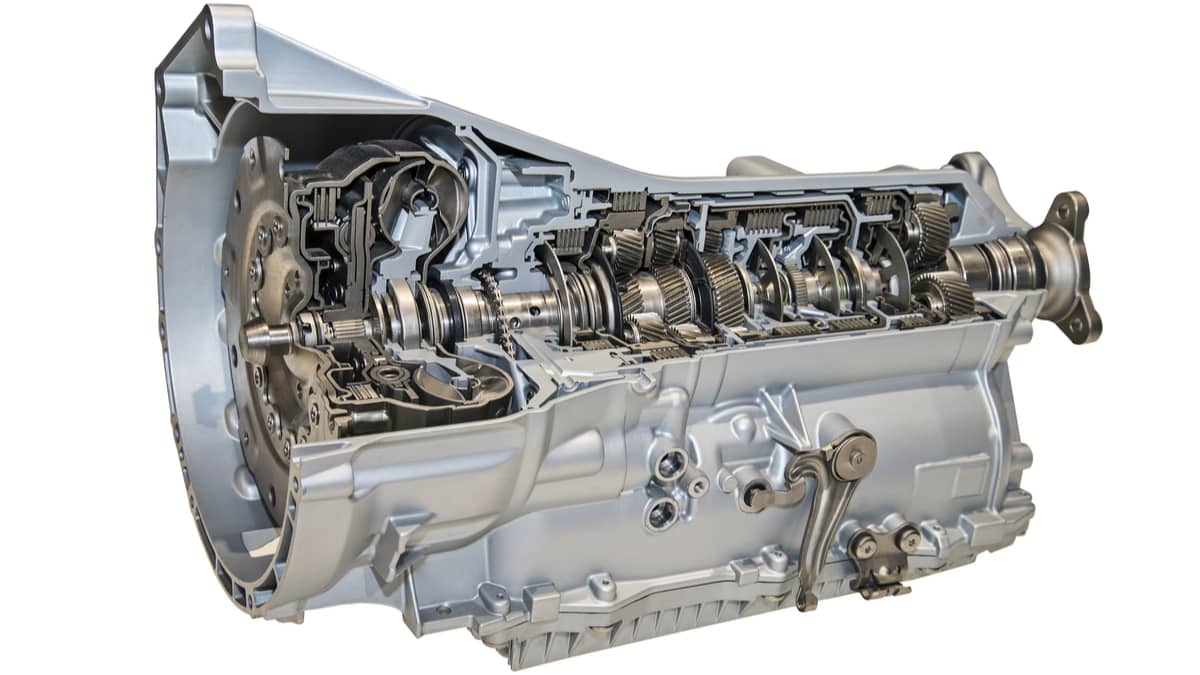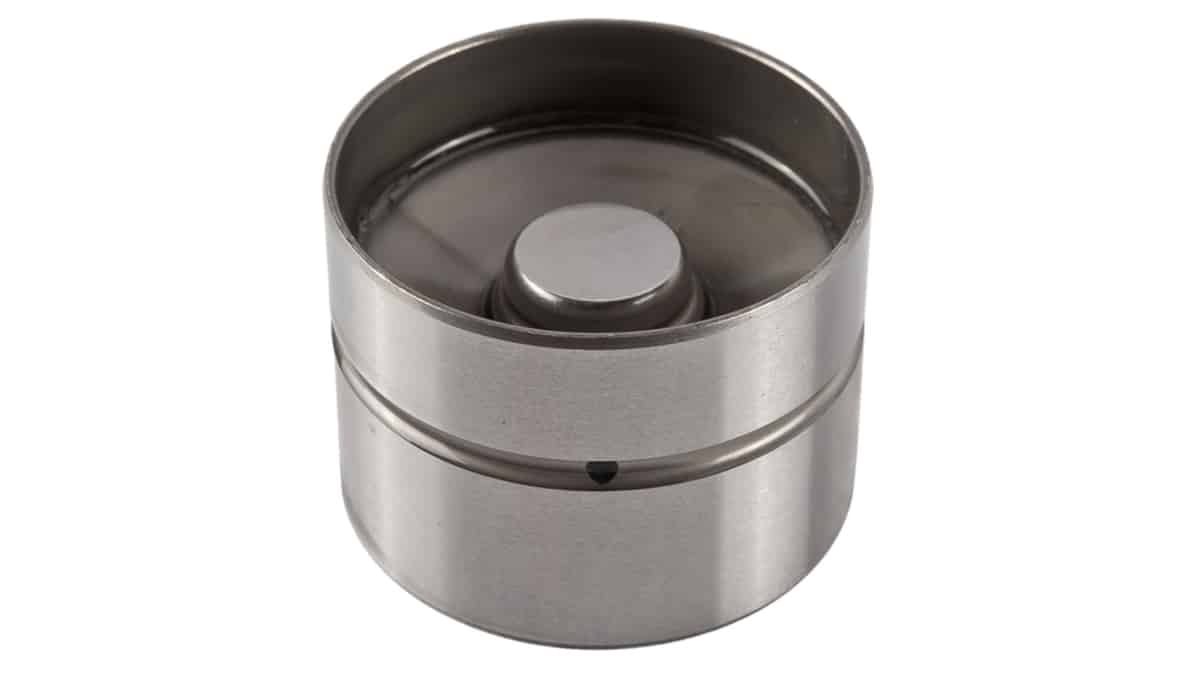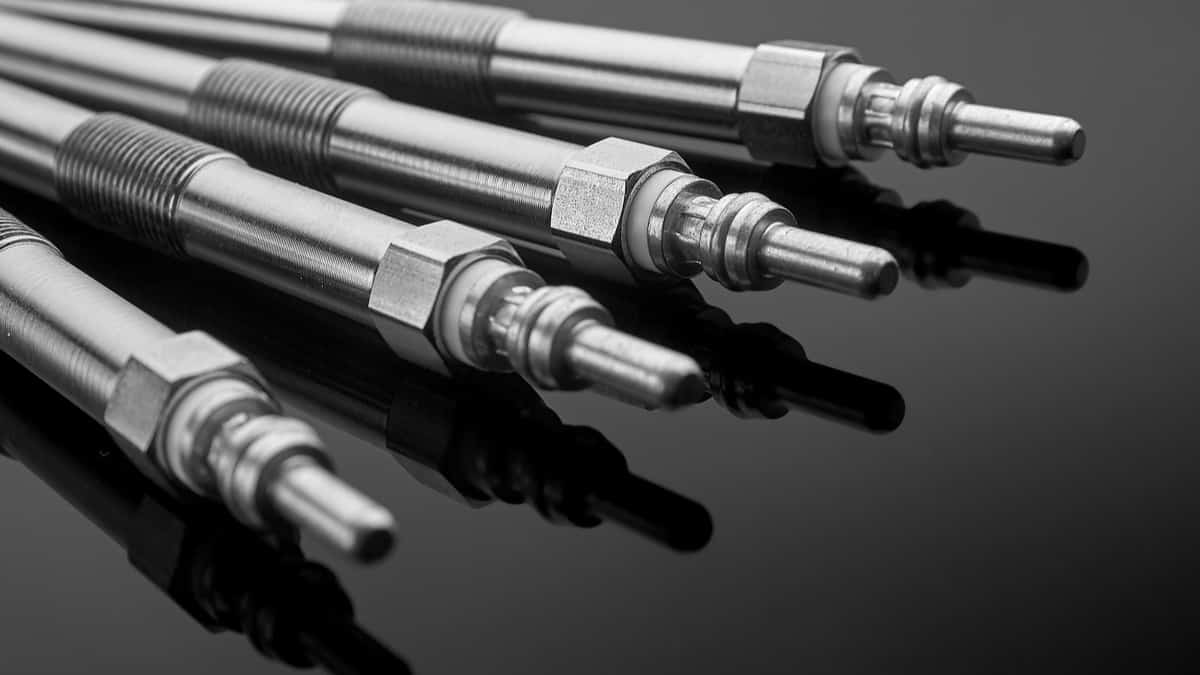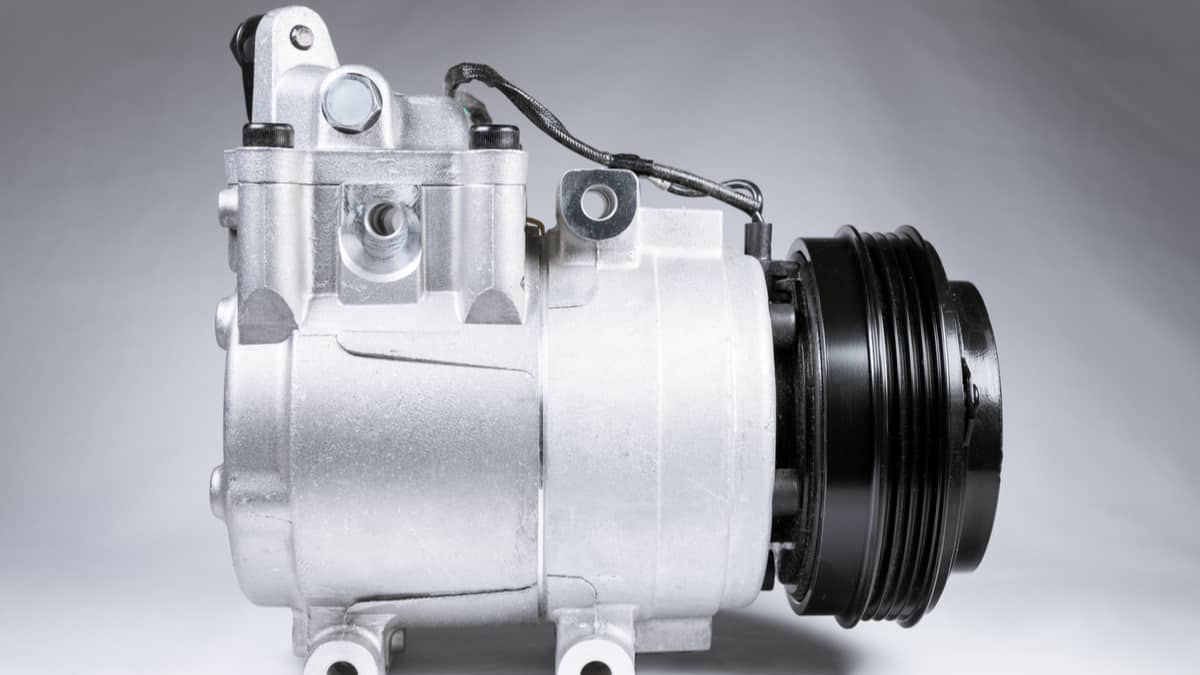There are some small parts that car owners never think about, but they can really mess up the driveability of your car. One of them is the control arm bushing.
The control arm bushing is fitted on the vehicle’s frame side of the control arm. The control arm is located at the front end of the suspension, the part where the front wheels turn. You can also find the bushing in the rear part of many cars, depending on the suspension type.
In this article, I look at the symptoms of bad control arm bushings, as well as their location, function, and replacement cost if you need to replace the bushings. Here’s a quick look at the common signs.
Symptoms Of A Bad Control Arm Bushing
The most common symptom of a bad control arm bushing is losing the stability of your car at higher speeds. You may also notice signs such as uneven tire wear or trembling steering. In some cases, you may also experience a vibrating steering wheel.
There are some different signs that your car exhibits that can tell you that the control arm bushing of the car is malfunctioning. You may notice a difference in comfort and steering, but other problems can occur depending on the severity of the damage to the control arm bushings.
Here is a more detailed list of the signs of a bad or failing control arm bushing to look for:
1. Your car’s stability level has dropped

If a control arm bushing goes awry, you will feel a decrease in stability while driving. This is because the control arm bushing is holding the control arm to give you great stability. While you are driving, you can drive over many things on the road, from small stones to other things that lie flat. If your car rolls over the road debris, it will not vibrate.
The control arm bushings help to dampen the vibrations caused by this so that you can drive comfortably. If the control arm bushings are worn out, you may hear rattling noises while driving, especially when you turn your car around, which makes the driving experience quite unpleasant.
2. You experience uneven tire wear
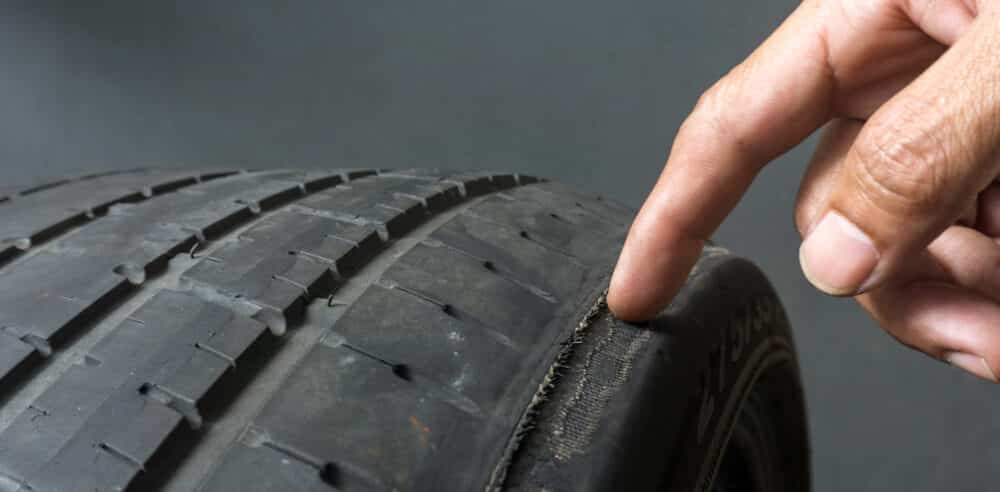
As the control arm bushing keeps the two metal sleeves nice and tight, the sleeves get a little play when they become worn, and they move and vibrate when the car moves.
Since the control arm is connected to the wheels via the outer sleeve, the movement in the control arm can obstruct the wheels so that they have less surface contact with the road than the other side, which leads to uneven wear of the front tires.
3. Your steering trembles

As mentioned earlier, when accelerating from a dead stop, you may notice that the steering is wobbly and the front of the car tends to shake and jitter when you turn the car at a considerable speed or press the brakes. This is due to the fact that the control arm bushing has too much play and not holding the wheel in place correctly.
4. You experience a decrease in braking performance
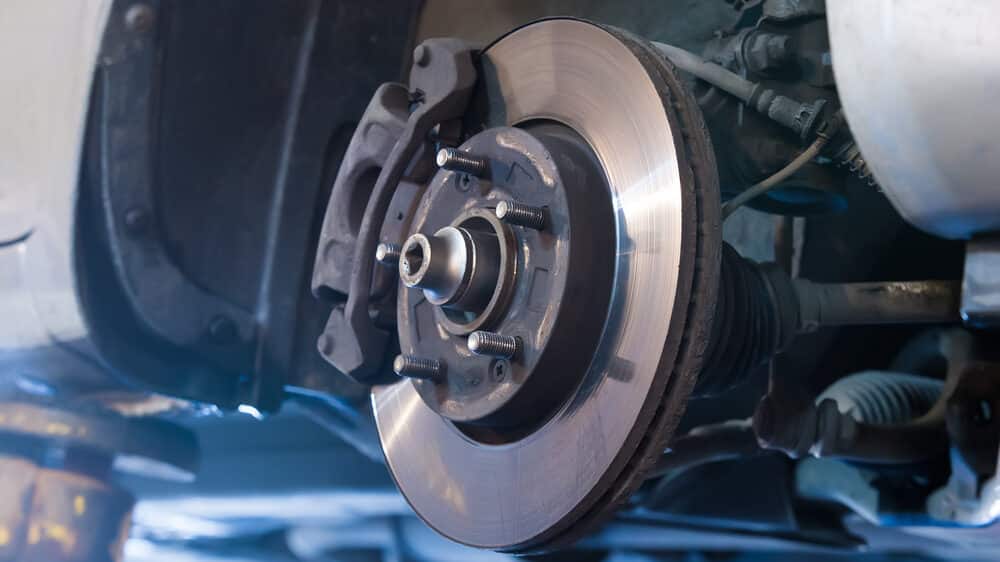
Although the control arm bushings have no direct connection to the brake system, they do influence the braking of the vehicle. If the control arm bushings in a car have become bad, braking may not be affected profoundly, but it can sometimes become unstable, so the front end of the car bounces back and forth due to inertia when the car tries to stop.
This can cause further problems in the future, and the additional vibration it causes can cause other parts to come loose or even break off.
5. Steering wheel vibrates

The steering system is connected to the wheels, which are connected to the suspension via the control arms, thus creating a direct connection between the steering wheel and the control arms.
If your steering wheel tends to vibrate when turning or braking, poor control arm bushings are likely to be the culprit, as they do not alleviate the slight vibrations that occur when turning and steering while driving.
Control Arm Bushing Function
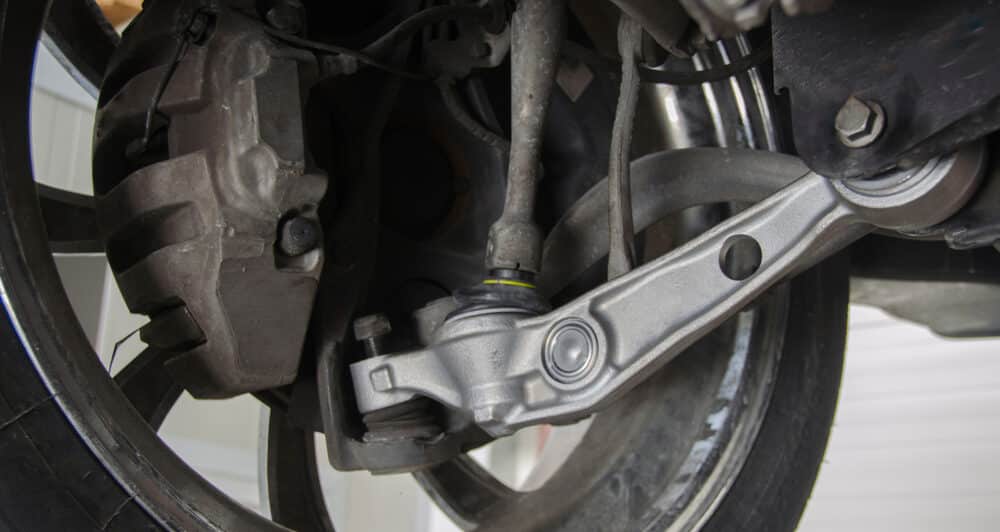
The control arm bushing is the connection between the suspension and the vehicle frame. There are two control arm types: the upper control arm and the lower control arm with a side-mounted rubber bushing. This rubber sleeve covers the two metal parts that make the connection so that they touch without damaging each other.
In addition, the rubber also dampens a car’s vibrations from shocks and minor jolts. The effect of rubber, which softens and absorbs vibrations, is better than springs, considering its location.
The rubber bushing also ensures the parts’ lubrication, as it often contains the grease to ease the friction. The metal sleeve coming from the inside of the suspension is connected to the vehicle frame through a central rod. The outer sleeve is connected to the wheels at both ends so that the two sleeves can move independently at the ends. For this reason, the control arm bushing and the control arm are subjected to a great deal of stress during the movement and rotation of the car. Over time, these bushings become hard and start to crack, which can cause some problems.
Control Arm Bushing Location
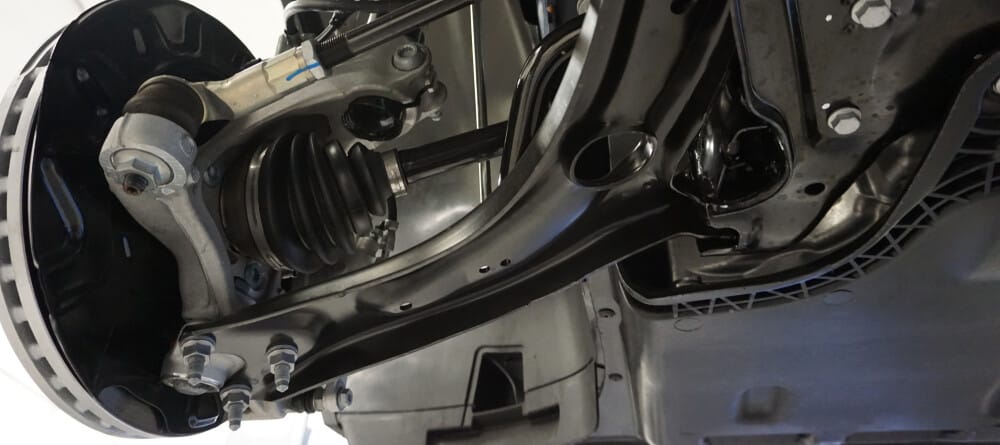
The Control Arm Bushing is located on the control arm, bolted on the vehicle frame side.
The control arm is the arm located at the bottom of the suspension in the front suspension. If you have a 4WD, you may also find it in the rear suspension, depending on the suspension type.
Control Arm Bushing Replacement Cost
The average control arm bushing replacement cost is between $120 and $600, depending on the car model and labor costs. A control arm bushing costs between $20 and $100, and labor costs between $100 and $500.
On some car models, you can’t replace the control arm bushing separately. You have to replace the whole control arm, which can make the part cost much higher.
Replacing the control arm bushing or even the control arm itself is not difficult, especially if you have some knowledge about cars and their suspensions. The control arms don’t break as often as their bushes, and if it is possible, it can be worth replacing only the bushing.
If you are not among those who are familiar with repairing your own car, you can take your car to a mechanic to have it repaired.
It is advisable to immediately replace the control arm bushings, as any delay in the repair can cause additional wear and tear on the suspension and other parts.
Categories: Suspension
